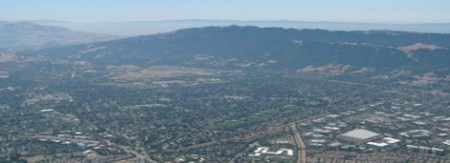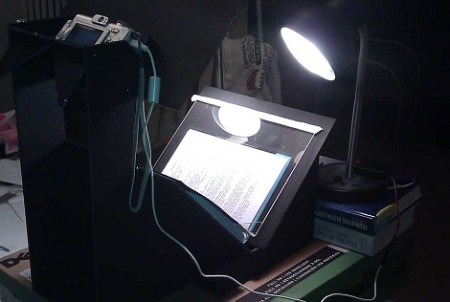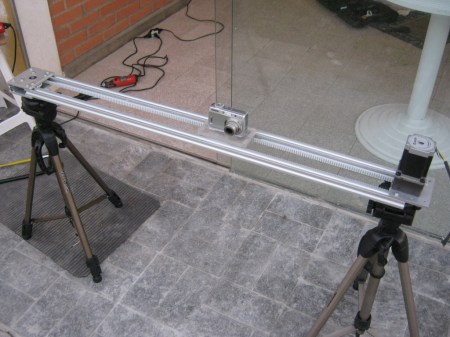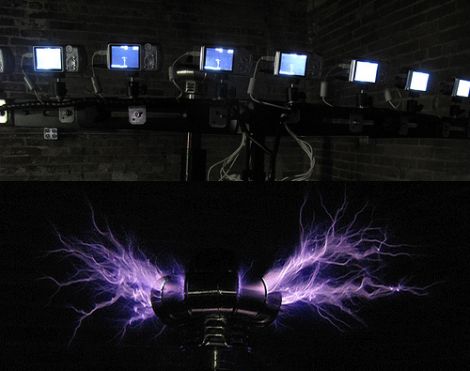[Greg Intermaggio] and [Shumit DasGupta] at Techsplosion launched a high altitude balloon last week that climbed to 90,000 feet above sea level somewhere over California. The play-by-play of the flight is one of the better stories we’ve seen on high altitude balloon builds.
The balloon, christened VGER-1, carried a SPOT satellite GPS messanger to send telemetry back to the ground. We’ve seen a few home brew balloon tracking devices, but [Greg] decided to use an off-the-shelf solution for the sake of simplicity. Like other balloons the VGER-1 carried a CanonPowershot camera with CHDK firmware.
Continue reading “Play-by-play Of A High Altitude Balloon Flight”

















